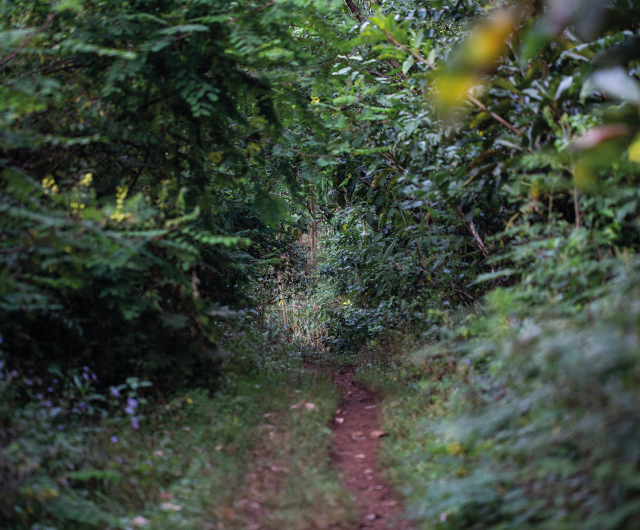
What are the advantages of a coffee forest?
The coffee forest, as found in Ethiopia, gives new meaning to the notion of terroir. What do these forests, so dear to our vision of high-quality, sustainable coffee growing, contain?
The notion of terroir in a coffee forest
In a coffee forest, the terroir is a delimited geographical space: the forest and its climatic, atmospheric and topographical conditions. Within it, growers develop and share knowledge, such as cultivation techniques, varieties, and processes. These exchanges give the coffee a unique sensory profile and typicity linked to this particular area.
This definition sounds theoretical, but if you're lucky enough to taste a Wallagga coffee, it quickly becomes concrete! So why place so much emphasis on promoting coffees from Ethiopian forests, when many of the plantation coffees offered by Belco are also produced under shade? The answer is manifold, and the stakes are high...
Why do forest coffees help preserve an exceptional terroir?
A forest coffee is first and foremost a coffee produced under the natural, protective shade of a natural forest, on rich, fertile soils. Unlike other countries, where trees are planted solely for shade, here we speak of an agroforestry system.
This ancestral technique, which began in Ethiopia over 400 years ago, has several advantages for the environment.
Soil preservation
Trees protect coffee trees by reducing the effects of wind, rain and extreme heat. By burrowing their roots deep into the soil, these trees also encourage capillary circulation of water towards the deep aquifers, making them more resistant to drought, water pollution and flooding. From an agronomic point of view, trees also help combat soil erosion.
Intercropping
Coffee forests can also be used to produce so-called intercrops. These secondary products, such as timber and honey, are sources of income and food that complement the coffee.
Maintaining biodiversity
With an average of 10 to 15 tree species per forest in well-maintained areas, these coffee forests preserve biodiversity. Indeed, this unique agroforestry system is extremely closely linked to coffee production, and would no longer exist without it. Giving financial value to coffee cultivation in these forests therefore helps to maintain this diverse ecosystem, with its rich flora and fauna.
